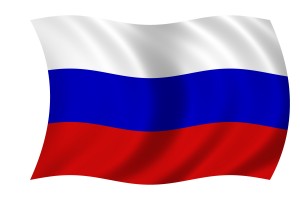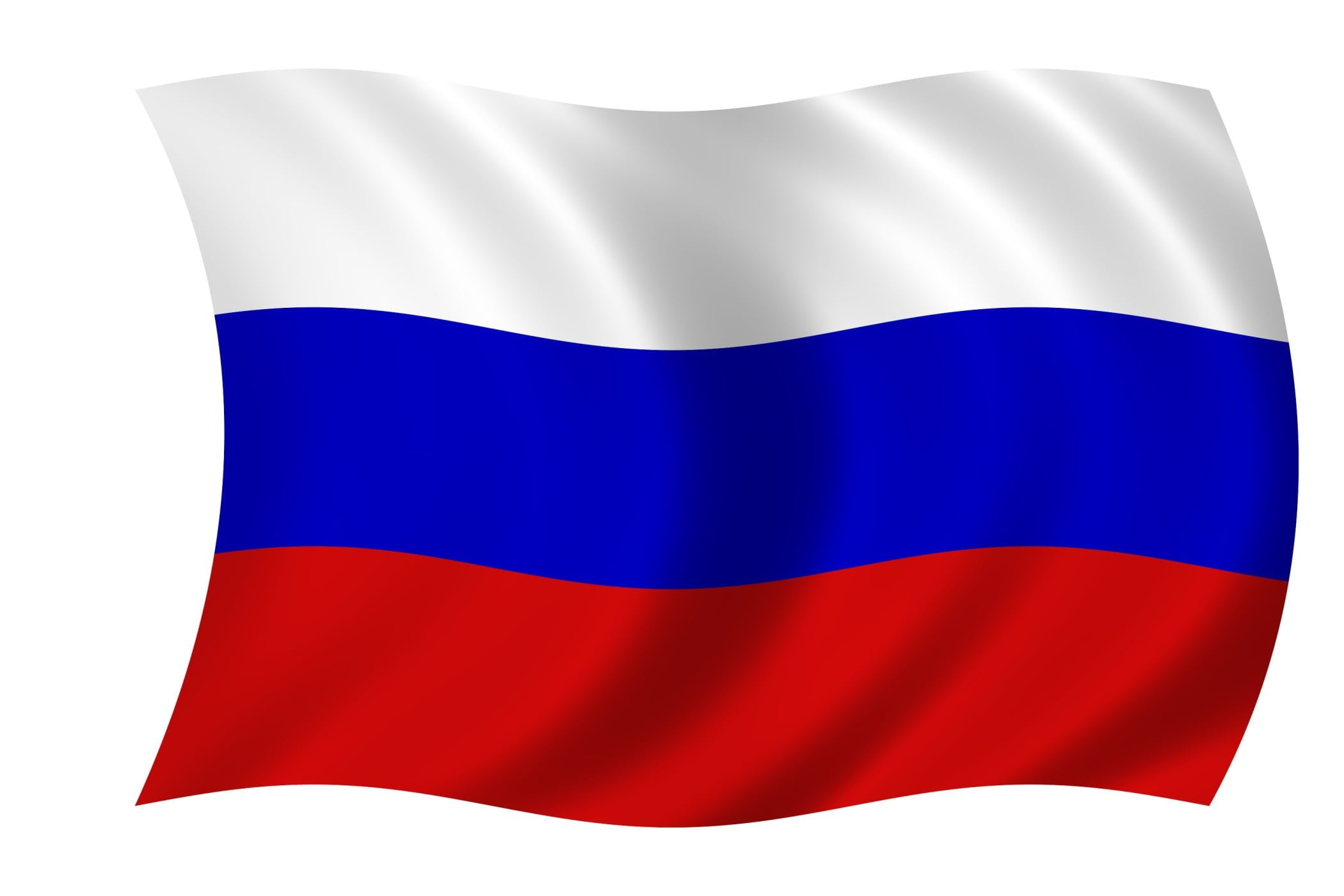2012-11-21 by Richard Weitz
Despite the reformers’ goal of redirecting Russian strategic thought away from fighting the West to winning localized conflicts, Russia’s military doctrine and recent military exercises still identify resisting NATO aggression as a major task of the Russian armed forces.
The 2010 Military Doctrine describes NATO’s growing military infrastructure near Russia’s border as well as the alliance’s alleged efforts to acquire “global functions in contravention of international law” as potentially threatening Russia’s military security.
An important consideration affecting how Russians approach military reform is their expectations of the nature of future wars—especially the questions of the main sources of military threats and how they might manifest themselves.

The most basic consideration is that Russian leaders still see themselves as threatened from hostile forces that must be dealt with through military means. Although individuals differ on what they see as the main threats, there is a pervasive sense that, under certain conditions, Russia could come into conflict with certain foreign countries if it fails to have an effective military.
Mostly these possible adversaries are seen as Western states, but some Russian strategists, thinking ahead, consider China and possibly Iran as emerging threats.
In addition to foreign countries, the threat of radical Islamist extremists is seen as possibly requiring a military response, particularly if it takes the form of a large-scale insurgency such as occurred in Afghanistan in the 1980s or Chechnya in the 1990s.
Besides perceived geographic sources of threats, Russian reform decisions are influenced by the perceived type of threat.
In the case of the West, the main fear is preventing the United States or any other country from launching a major attack against Russian territory. In late 2006, then President Vladimir Putin told Russian military leaders that the country’s “deterrent forces should be able to guarantee the neutralization of any potential aggressor, no matter what modern weapons systems he possesses.”
Russian strategists most fear a U.S. attempt to decapitate the Russian leadership through a surprise attack involving U.S. nuclear and conventional attacks against Russian forces at their peacetime alert status. They worry that American leaders might anticipate crippling the Russian military response by incapacitating Russia’s political and military decision makers before they could organize a coherent retaliatory strike.
Such a hypothetical attack could employ submarine-launched ballistic missiles with depressed trajectories from Trident submarines on patrol near Russia, or stealthy conventional weapons that would exploit weaknesses in Russia’s early warning systems. U.S. ballistic missile and air defense systems would then attempt to intercept any Russian nuclear delivery platform that had survived an American first strike and been launched in reprisal.
Russian military commanders have taken several steps to guard against a potential U.S. disarming attack.
First, they continue to invest in mobile platforms such as nuclear submarines and special off-road vehicles capable of launching intercontinental ballistic missiles (ICBMs). Such platforms can be less vulnerable to attack because a moveable target is much more difficult to destroy than a stationary object, given the need to estimate its position at the time when the attacking warhead will arrive at its location.
Second, the Russian government has retained a sizeable arsenal of nuclear warheads to increase the likelihood that a force of sufficient strength for retaliation would survive an American attack.
Third, Russian officials continue to improve Russia’s early warning systems and, to a much lesser degree, the country’s ballistic missile defenses. Russian military planners most likely benchmark their planning and resources on surviving a war with the United States since such a capability should provide the assets that Russia would need to defeat weaker nation-state adversaries (e.g., Britain, China, or France).
Below the level of nuclear war, opponents of reform find it hard to abandon the mass mobilization model followed by Tsarist Russia, the Soviet armed forces, and the Russian Federation during most of its history.
It was through mobilizing overwhelming human resources that the Soviet armed forces defeated the NAZI invasion during the 1940s and planned to fight NATO for a half-century after that.
Even after the USSR’s collapse and the Cold War’s end, the Russian defense establishment has strived to sustain the potential to raise a large army (referred to as “mobilization reserve”) capable of reinforcing the limited number of permanent readiness units and waging a protracted conventional conflict with NATO or potentially China.
Many conventional military officers still resist the presumption that Russia will more likely engage in future campaigns like those of Afghanistan in the 1980s, Chechnya in the 1990s, or Georgia in 2008—i.e., either protracted large-scale insurgencies or short, high-tech conventional conflicts decided by readily available forces—which would require fewer forces trained for non-traditional missions and tactics.
This conceptual framework even survived the disastrous experience of the first Chechen War when, despite supposedly having some 70 divisions in its order of battle, the Russian Army could initially muster only a few ineffective “composite” units consisting of men who had never trained or served together. The experience should have highlighted Russia’s acute need to adopt a new personnel mobilization system more appropriate for modern conditions.
Before Serdyukov, earlier Russian reforms had simply reduced the size of the armed forces rather than restructure the military through extensive rebalancing or reorganization. As a result, until recently, the Russian armed forces largely resemble a scaled-down version of the Red Army. Under current plans, only Russia’s strategic nuclear forces will resemble a smaller if somewhat modernized version of their Soviet predecessor.
Editor’s Note: Conscription plays an important role however in a multi-ethnic society like Russia. The abandonment of conscription in France meant that France got rid of a key tool for the socialization of its diverse society into a common citizenry. Conscription is not simply about mass armies but about shaping a common citizenry.
Another aspect of the Russian approach is that they have a much more realistic understanding of nuclear weapons in the 21st century than many Americans. Rather than preparing for the nuclear free world, Russians understand that nuclear weapons are becoming more not less significant to a number of states. And they are strengthening their tactical nuclear arsenal for a diversity of contingencies.


